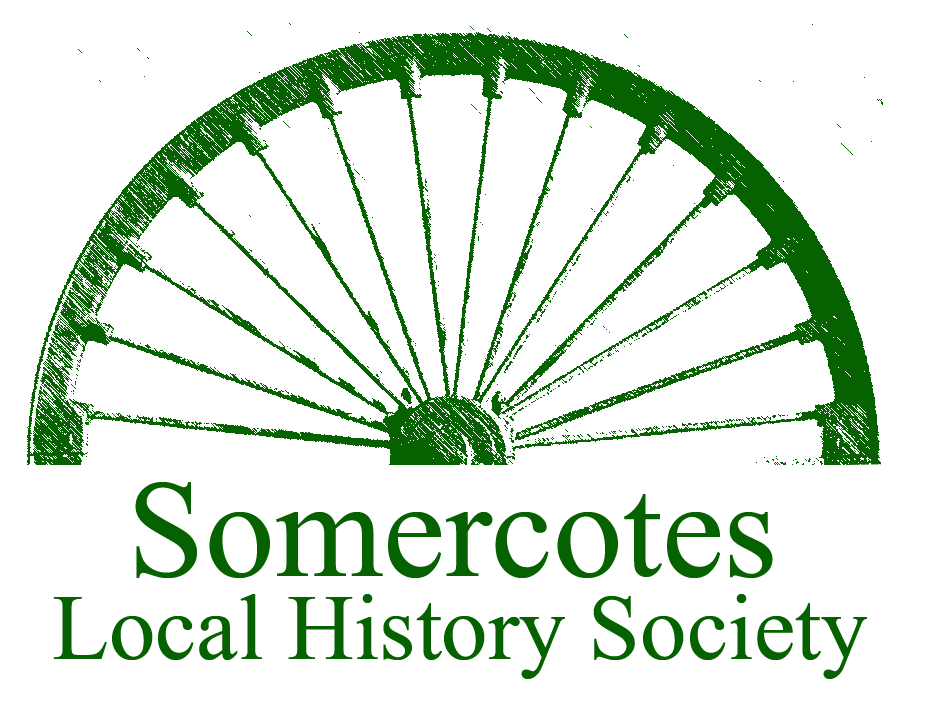






The Cromford Canal at Pye Bridge
by SLHS on
Wednesday 27 April 2016
The Cromford Canal ran for 14.5 miles from Cromford to the Erewash Canal, with a branch to Pinxton which ran through Pye Bridge.
Built by William Jessop with the assistance of Benjamin Outram, the main canal’s alignment included four tunnels and 14 locks. The canal was opened in the August of 1794 and was initially a success, despite having cost twice the amount estimated for the construction.
In 1852, following an Act of Parliament, the Cromford canal was purchased by the Manchester, Buxton, Matlock and Midlands Junction Railway, who took over the running of the canal. Soon after, they leased out the canal in a joint agreement with the Midland Railway and the London & North Western Railway, which saw an immediate decline in traffic for the waterway. The Midland Railway owned the track which ran almost parallel to the canal along the whole of its route, and much of the freight that it carried was transferred to the railway. It did not, however, lose all of its cargo and continued to operate. In 1870, the Midland Railway took full control of the Cromford Canal.
PHOTO: The "Old House At Home" Public House on the Cromford Canal, Pye Bridge
Several wharves had been constructed on the Codnor Park to Pinxton branch of the canal, including one at Pye Bridge. This branch primarily carried coal and iron ore from the many collieries scattered along the route, including carrying pottery from the Pinxton Pottery factory. The “Pinxton Arm” ran from the northerly end of Codnor Park Reservoir through to a wharf built at Pinxton, a distance of some three miles. It was opened by 1799. The canal primarily carried coal and iron ore from the many collieries scattered on the route and also pottery from the Pinxton Pottery factory. It had been initially intended to continue this branch to Mansfield but this would have required a number of locks to raise the canal to the Kirkby Summit, and the project was deemed uneconomical.
By the late 1890s parts of the Pinxton branch were becoming unusable. The canal was losing water through mining subsidence and the length from Pye Bridge to Pinxton became unnavigable. However, the length between Ironville and Pye Bridge continued to be used, particularly for the transportation of chemicals from the chemical company owned by James Oakes and Kempson’s, who preferred this method of transport. This part of the canal remained in use until the 1930s.
The Butterley Tunnel was permanently closed in 1900, severing the link between Cromford and Ironville. Although the canal was used extensively by the Butterley Company for their Ironville works, by 1944 it had mostly been abandoned. The last part of the canal, a half mile stretch to Langley Mill, was finally closed in 1962. After closure, the canal was taken over by the British Waterways Board and acquired by Derbyshire County Council in 1974.
From about 1968 through to 1989 the 5 miles of canal between Cromford and Ambergate were restored either partly or wholly by the Cromford Canal Society. With regard to the canal at Pye Bridge, this was filled in, and in some areas the canal bed itself was destroyed. The Smotherfly opencast coal mine operating in the 1990s also damaged the remains of the canal.
The Friends of Cromford Canal have restored the Pinxton Wharf, and also have future plans to restore the canal through Pye Bridge to its original starting point at Ironville.
